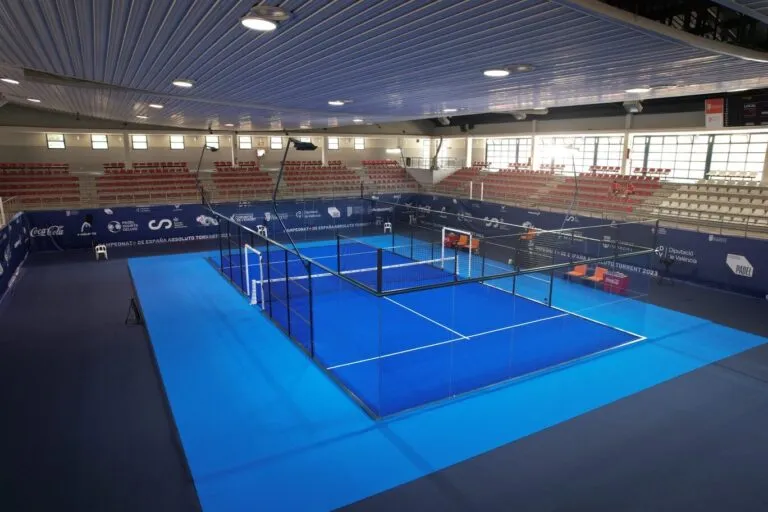

The Cost to Build a Padel Court A Comprehensive Overview
Padel, a racquet sport that combines elements of tennis and squash, has been gaining immense popularity across the globe. With its rapid rise in fandom and participation, the demand for dedicated padel courts has surged, sparking the interest of investors and sports enthusiasts alike. However, before embarking on this venture, it's crucial to understand the costs associated with building a padel court.
Initial Costs
1. Land Acquisition The first step in building a padel court is securing an appropriate piece of land. The cost of land varies significantly depending on location. Urban areas with higher foot traffic may command higher prices, while rural areas may offer more affordable options. Investors should conduct market research to find optimal locations that balance cost with visibility and accessibility.
2. Court Construction The construction of a padel court typically involves preparing a foundation, installing walls, and laying down specialized flooring. The materials used—such as glass, artificial turf, and steel—will heavily influence the overall cost. On average, building a single padel court can cost between $25,000 and $50,000. This price may include factors like lighting, seating, and other amenities.
3. Permits and Regulations Local regulations may require specific permits before construction can begin. Costs here may include zoning permits, building permits, and inspections, which can vary widely between different jurisdictions. It’s essential to budget for these expenses, as failing to secure the necessary paperwork could lead to costly fines or construction delays.
Ongoing Costs

1. Maintenance After the court is built, regular maintenance is crucial to ensure its longevity and functionality. This includes cleaning the playing surface, checking for structural integrity, and maintaining lighting fixtures. Annually, maintenance costs could range from $1,000 to $5,000, depending on the court's usage and the materials employed.
2. Utilities Operating a padel court also involves ongoing utility costs such as electricity (for lights and potential heating) and water (for maintaining the playing surface, if using artificial grass). These monthly costs can vary but typically hover around a few hundred dollars per month.
3. Staffing and Management If the court is part of a larger facility, staffing costs must be considered. This may include hiring coaches, maintenance personnel, or administrative staff to oversee operations. The costs here will depend on the level of service and staffing required.
Revenue Potential
Despite the significant initial investment, building a padel court can prove lucrative. Revenue can be generated through court rentals, memberships, coaching, and hosting tournaments. Many facilities successfully charge players on an hourly basis, leading to a sustainable income stream. Furthermore, as padel continues to grow in popularity, the potential for corporate sponsorships and partnerships also increases.
Conclusion
In summary, building a padel court involves substantial costs ranging from land acquisition to ongoing maintenance and operation. However, the potential for revenue generation alongside the rising interest in padel makes this a promising investment. By carefully planning and budgeting for the various components, investors can create a vibrant community hub that not only fosters athletic talent but also drives social interaction and engagement. As the padel phenomenon continues to evolve, now may be the perfect time to invest in constructing a padel court and capitalizing on this growing trend.
Premium Paddle Racquet | AI-Optimized Design
Smart Padel Courts with GPT-4 Turbo AI
AI-Powered Paddle Racquet w/ GPT-4-Turbo Optimized
China Pro Ping Pong Paddle | Premium Spin Control
Premium AI-Enhanced Padel Court | GPT-4 Turbo Design
High-Quality Paddle Racquet for Professional Padel and Paddle Courts